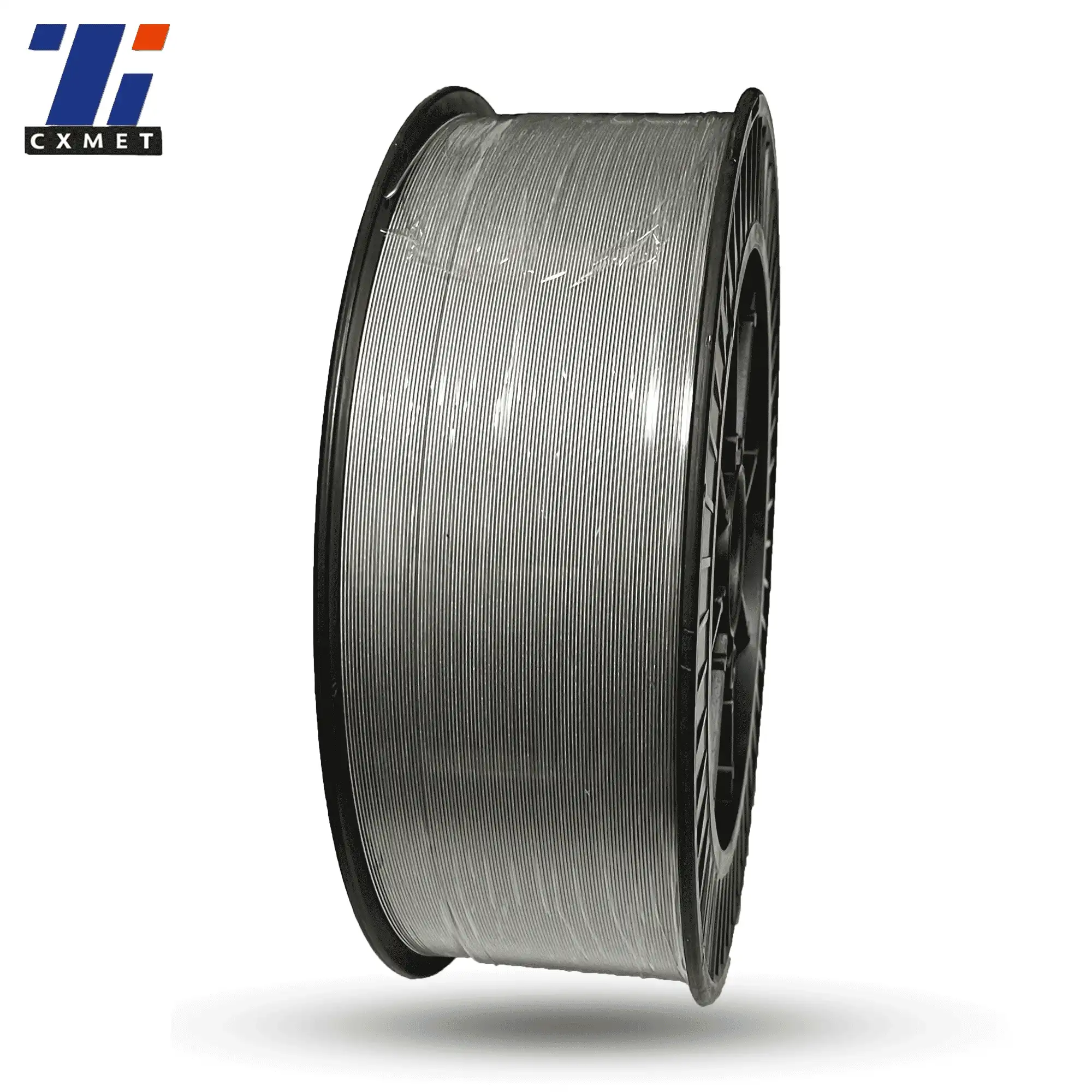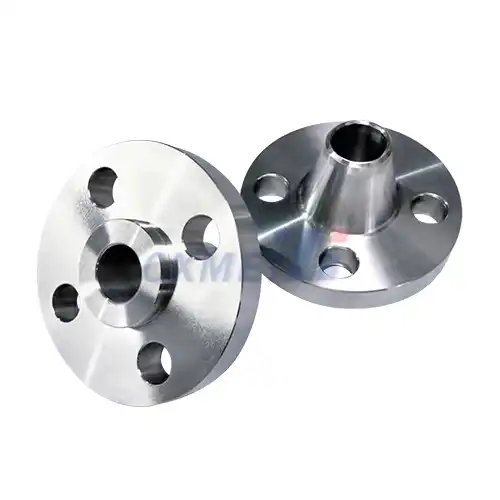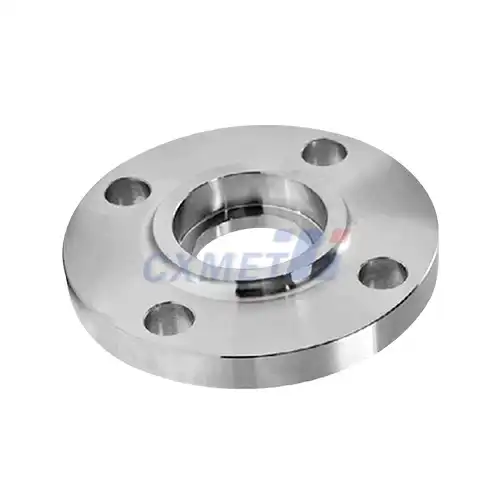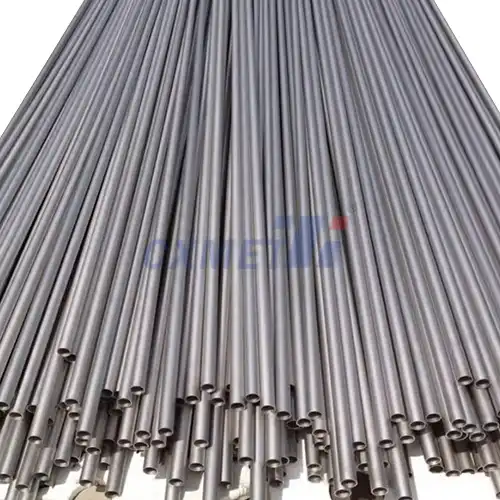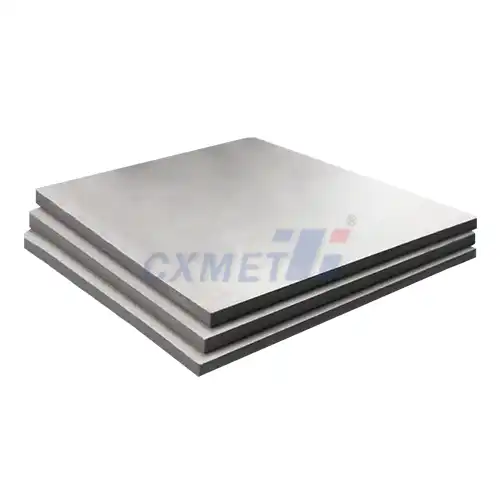- English
- French
- German
- Portuguese
- Spanish
- Russian
- Japanese
- Korean
- Arabic
- Greek
- German
- Turkish
- Italian
- Danish
- Romanian
- Indonesian
- Czech
- Afrikaans
- Swedish
- Polish
- Basque
- Catalan
- Esperanto
- Hindi
- Lao
- Albanian
- Amharic
- Armenian
- Azerbaijani
- Belarusian
- Bengali
- Bosnian
- Bulgarian
- Cebuano
- Chichewa
- Corsican
- Croatian
- Dutch
- Estonian
- Filipino
- Finnish
- Frisian
- Galician
- Georgian
- Gujarati
- Haitian
- Hausa
- Hawaiian
- Hebrew
- Hmong
- Hungarian
- Icelandic
- Igbo
- Javanese
- Kannada
- Kazakh
- Khmer
- Kurdish
- Kyrgyz
- Latin
- Latvian
- Lithuanian
- Luxembou..
- Macedonian
- Malagasy
- Malay
- Malayalam
- Maltese
- Maori
- Marathi
- Mongolian
- Burmese
- Nepali
- Norwegian
- Pashto
- Persian
- Punjabi
- Serbian
- Sesotho
- Sinhala
- Slovak
- Slovenian
- Somali
- Samoan
- Scots Gaelic
- Shona
- Sindhi
- Sundanese
- Swahili
- Tajik
- Tamil
- Telugu
- Thai
- Ukrainian
- Urdu
- Uzbek
- Vietnamese
- Welsh
- Xhosa
- Yiddish
- Yoruba
- Zulu
What are the Benefits of Using Titanium 6Al7Nb Medical Bar in Medical Applications?
2024-08-15 17:33:48
Titanium 6Al7Nb Medical Bar is an advanced biomaterial that has gained significant attention in the medical field due to its exceptional properties and versatility. This alloy, composed of titanium with 6% aluminum and 7% niobium, offers a unique combination of strength, biocompatibility, and corrosion resistance, making it an ideal choice for various medical applications. As the healthcare industry continues to evolve, the demand for high-performance materials that can withstand the rigors of the human body while promoting healing and recovery has never been greater. In this blog post, we will explore the numerous benefits of using Titanium 6Al7Nb Medical Bar in medical applications and address some of the most frequently asked questions about this innovative material.
How does Titanium 6Al7Nb compare to other medical-grade materials?
Titanium 6Al7Nb stands out among medical-grade materials due to its exceptional combination of properties that make it particularly well-suited for use in the human body. When compared to other commonly used materials in medical applications, such as stainless steel, cobalt-chromium alloys, or even other titanium alloys like Ti-6Al-4V, Titanium 6Al7Nb offers several distinct advantages.
Firstly, the biocompatibility of Titanium 6Al7Nb is superior to many other materials. The human body generally accepts titanium-based alloys well, and the specific composition of Ti-6Al-7Nb has been shown to have even better tissue response than its predecessors. This is partly due to the replacement of vanadium, which is present in Ti-6Al-4V, with niobium, which is considered more biologically inert. This enhanced biocompatibility translates to a reduced risk of adverse reactions, allergies, or rejections when implanted in the body.
Secondly, the mechanical properties of Titanium 6Al7Nb are exceptionally well-suited for medical applications. It offers a high strength-to-weight ratio, which means that it can provide the necessary structural support for implants and medical devices while remaining lightweight. This is particularly beneficial in applications such as joint replacements, where minimizing the weight of the implant can reduce stress on surrounding tissues and improve patient comfort. Additionally, the elastic modulus of Ti-6Al-7Nb is closer to that of human bone compared to many other metallic biomaterials, which helps to reduce stress shielding effects and promote better bone remodeling around implants.
The corrosion resistance of Titanium 6Al7Nb is another significant advantage. In the aggressive environment of the human body, with its various bodily fluids and potential for electrochemical reactions, corrosion resistance is crucial for the longevity and safety of medical implants. Ti-6Al-7Nb forms a stable, protective oxide layer on its surface that provides excellent resistance to corrosion, outperforming many other materials in this regard.
Furthermore, the fatigue strength of Titanium 6Al7Nb is impressive, allowing it to withstand repeated loading cycles without failure. This is particularly important in applications such as joint replacements or spinal implants, where the material must endure constant stress over many years of use.
Lastly, the osseointegration properties of Titanium 6Al7Nb are superior to many other materials. Osseointegration refers to the direct structural and functional connection between living bone tissue and the surface of an implant. Ti-6Al-7Nb has been shown to promote excellent bone ingrowth and attachment, which is crucial for the long-term stability and success of orthopedic and dental implants.
When considering these factors collectively, it becomes clear that Titanium 6Al7Nb offers a unique and advantageous profile for medical applications. Its combination of biocompatibility, mechanical strength, corrosion resistance, and osseointegration properties makes it an excellent choice for a wide range of medical devices and implants, often outperforming other materials in critical aspects of performance and patient outcomes.
What are the specific medical applications where Titanium 6Al7Nb excels?
Titanium 6Al7Nb has found widespread use in various medical applications due to its exceptional properties. This alloy excels in several specific areas of medicine, particularly where long-term implantation and high mechanical demands are required. Let's explore some of the key medical applications where Titanium 6Al7Nb has proven to be particularly effective.
Orthopedic Implants:
One of the most prominent areas where Titanium 6Al7Nb shines is in orthopedic implants. Hip and knee replacements, in particular, benefit greatly from the use of this alloy. The high strength-to-weight ratio of Ti-6Al-7Nb allows for the creation of implants that can withstand the significant loads placed on these joints during daily activities while remaining lightweight. This is crucial for patient comfort and mobility. Moreover, the elastic modulus of Ti-6Al-7Nb is closer to that of human bone compared to many other metallic biomaterials, which helps to reduce stress shielding effects. Stress shielding occurs when an implant takes on a greater share of the load than the surrounding bone, potentially leading to bone resorption and implant loosening over time. By minimizing this effect, Ti-6Al-7Nb implants can promote better long-term outcomes for patients.
Spinal Implants:
The spine is another area where Titanium 6Al7Nb has found significant application. Spinal fusion cages, vertebral body replacements, and pedicle screws made from this alloy offer excellent mechanical properties and biocompatibility. The fatigue resistance of Ti-6Al-7Nb is particularly important in this application, as spinal implants must withstand repetitive loading cycles over many years. Additionally, the ability of Ti-6Al-7Nb to promote osseointegration is crucial for the long-term stability of spinal implants, ensuring a strong bond between the implant and the surrounding bone tissue.
Dental Implants:
In dentistry, Titanium 6Al7Nb has proven to be an excellent material for dental implants and other oral surgery applications. The biocompatibility of the alloy is particularly important in the oral environment, where the implant is in constant contact with saliva and oral tissues. The corrosion resistance of Ti-6Al-7Nb helps to ensure the longevity of dental implants, while its osseointegration properties promote a strong and lasting bond with the jawbone. This results in stable, long-lasting dental restorations that can significantly improve a patient's quality of life.
Trauma Fixation Devices:
Titanium 6Al7Nb is also used in the manufacture of trauma fixation devices such as bone plates, screws, and intramedullary nails. These devices are used to stabilize fractured bones and facilitate proper healing. The high strength of Ti-6Al-7Nb allows for the creation of low-profile devices that can provide robust fixation while minimizing soft tissue irritation. The material's biocompatibility and corrosion resistance are also crucial in this application, as these devices may need to remain in the body for extended periods during the healing process.
Cardiovascular Devices:
While less common than its orthopedic applications, Titanium 6Al7Nb has also found use in certain cardiovascular devices. For example, it has been used in the manufacture of heart valve components and stents. The excellent fatigue resistance and biocompatibility of the alloy make it suitable for these applications where long-term implantation and interaction with blood and cardiac tissues are required.
Custom Implants and 3D Printing:
The advent of 3D printing in medical applications has opened up new possibilities for the use of Titanium 6Al7Nb. The alloy's properties make it well-suited for additive manufacturing techniques, allowing for the creation of custom, patient-specific implants. This is particularly valuable in complex reconstructive surgeries where standard implants may not be suitable. The ability to create porous structures with Ti-6Al-7Nb through 3D printing also allows for enhanced osseointegration and tissue ingrowth, further improving the long-term success of implants.
In each of these applications, Titanium 6Al7Nb excels due to its unique combination of properties. Its biocompatibility ensures minimal risk of adverse reactions, its mechanical strength provides long-lasting performance, its corrosion resistance contributes to implant longevity, and its osseointegration properties promote strong bonding with surrounding tissues. As medical technology continues to advance, it is likely that we will see even more innovative applications for this versatile alloy in the future.
How does the manufacturing process affect the properties of Titanium 6Al7Nb Medical Bar?
The manufacturing process of Titanium 6Al7Nb Medical Bar plays a crucial role in determining its final properties and, consequently, its performance in medical applications. Understanding the relationship between manufacturing techniques and material properties is essential for optimizing the use of this alloy in various medical devices and implants. Let's explore how different aspects of the manufacturing process affect the key properties of Titanium 6Al7Nb Medical Bar.
Alloying and Melting:
The process begins with the careful selection and mixing of raw materials to achieve the precise composition of 6% aluminum, 7% niobium, and the balance titanium. The melting process is typically carried out in a vacuum or inert atmosphere to prevent contamination and ensure the purity of the alloy. The control of impurities during this stage is critical, as even small variations in composition can significantly affect the mechanical and biological properties of the final product. For instance, excess oxygen content can lead to increased brittleness, while higher levels of iron can negatively impact corrosion resistance.
Thermomechanical Processing:
After melting, the alloy undergoes thermomechanical processing, which involves a series of heating, cooling, and deformation steps. This process is crucial for developing the desired microstructure and mechanical properties of the material. For Titanium 6Al7Nb, the goal is typically to achieve a fine, equiaxed microstructure, which provides an optimal balance of strength and ductility. The specific parameters of thermomechanical processing, such as temperature, deformation rate, and cooling rate, can be adjusted to tailor the properties for specific medical applications.
Hot Working and Forging:
Hot working processes, such as forging, are often employed to shape the Titanium 6Al7Nb into bars or other desired forms. These processes not only give shape to the material but also contribute to its microstructural development. Proper control of hot working parameters can lead to improved grain refinement and a more uniform distribution of alloying elements, which in turn enhances the mechanical properties and corrosion resistance of the material.
Heat Treatment:
Heat treatment is a critical step in the manufacturing process of Titanium 6Al7Nb Medical Bar. Various heat treatment protocols can be applied to achieve specific property profiles. For example, solution treatment followed by aging can be used to increase the strength of the alloy, while annealing treatments can be employed to improve ductility and reduce internal stresses. The choice of heat treatment depends on the intended application of the medical bar and the specific property requirements.
Surface Treatment:
The surface properties of Titanium 6Al7Nb are particularly important for its performance in medical applications. Various surface treatments can be applied to enhance specific characteristics:
1. Passivation treatments can be used to form a stable oxide layer on the surface, improving corrosion resistance and biocompatibility.
2. Surface roughening techniques can be employed to promote osseointegration in applications such as dental or orthopedic implants.
3. Coatings, such as hydroxyapatite, can be applied to further enhance bioactivity and bone bonding.
The choice and execution of surface treatments can significantly affect the biological response to the implant and its long-term performance in the body.
Quality Control and Testing:
Throughout the manufacturing process, rigorous quality control measures are implemented to ensure that the Titanium 6Al7Nb Medical Bar meets the stringent requirements for medical use. This includes chemical analysis to verify composition, mechanical testing to confirm strength and ductility, and microstructural examination to assess grain size and phase distribution. Additionally, biocompatibility testing is conducted to ensure that the material meets the necessary standards for use in medical devices.
Advanced Manufacturing Techniques:
Emerging manufacturing technologies, such as additive manufacturing (3D printing), are opening up new possibilities for the production of Titanium 6Al7Nb medical components. These techniques allow for the creation of complex geometries and porous structures that can enhance osseointegration and reduce implant weight. However, the use of these advanced manufacturing methods requires careful control of process parameters to ensure that the resulting material maintains the desired properties of conventionally produced Titanium 6Al7Nb.
The impact of manufacturing processes on the properties of Titanium 6Al7Nb Medical Bar is profound and multifaceted. Each step in the production chain, from alloying to final surface treatment, plays a role in determining the material's performance in medical applications. By carefully controlling and optimizing these processes, manufacturers can produce Titanium 6Al7Nb Medical Bar with tailored properties to meet the specific requirements of different medical devices and implants. This level of control and customization is one of the key factors that make Titanium 6Al7Nb such a valuable material in the medical field, enabling the creation of high-performance, long-lasting, and biocompatible medical solutions.
At SHAANXI CXMET TECHNOLOGY CO., LTD, we take pride in our extensive product range, which caters to diverse customer needs. Our company is equipped with outstanding production and processing capabilities, ensuring the high quality and precision of our products. We are committed to innovation and continuously strive to develop new products, keeping us at the forefront of our industry. With leading technological development capabilities, we are able to adapt and evolve in a rapidly changing market. Furthermore, we offer customized solutions to meet the specific requirements of our clients. If you are interested in our products or wish to learn more about the intricate details of our offerings, please do not hesitate to contact us at sales@cxmet.com. Our team is always ready to assist you.
References:
1. Niinomi, M. (2008). Mechanical biocompatibilities of titanium alloys for biomedical applications. Journal of the Mechanical Behavior of Biomedical Materials, 1(1), 30-42.
2. Geetha, M., Singh, A. K., Asokamani, R., & Gogia, A. K. (2009). Ti based biomaterials, the ultimate choice for orthopaedic implants – A review. Progress in Materials Science, 54(3), 397-425.
3. Long, M., & Rack, H. J. (1998). Titanium alloys in total joint replacement—a materials science perspective. Biomaterials, 19(18), 1621-1639.
4. Elias, C. N., Lima, J. H. C., Valiev, R., & Meyers, M. A. (2008). Biomedical applications of titanium and its alloys. Jom, 60(3), 46-49.
5. Kuroda, D., Niinomi, M., Morinaga, M., Kato, Y., & Yashiro, T. (1998). Design and mechanical properties of new β type titanium alloys for implant materials. Materials Science and Engineering: A, 243(1-2), 244-249.
6. Chen, Q., & Thouas, G. A. (2015). Metallic implant biomaterials. Materials Science and Engineering: R: Reports, 87, 1-57.
7. Rack, H. J., & Qazi, J. I. (2006). Titanium alloys for biomedical applications. Materials Science and Engineering: C, 26(8), 1269-1277.
8. Oldani, C., & Dominguez, A. (2012). Titanium as a biomaterial for implants. In Recent advances in arthroplasty. IntechOpen.
9. Wang, K. (1996). The use of titanium for medical applications in the USA. Materials Science and Engineering: A, 213(1-2), 134-137.
10. Sidambe, A. T. (2014). Biocompatibility of advanced manufactured titanium implants—A review. Materials, 7(12), 8168-8188.
